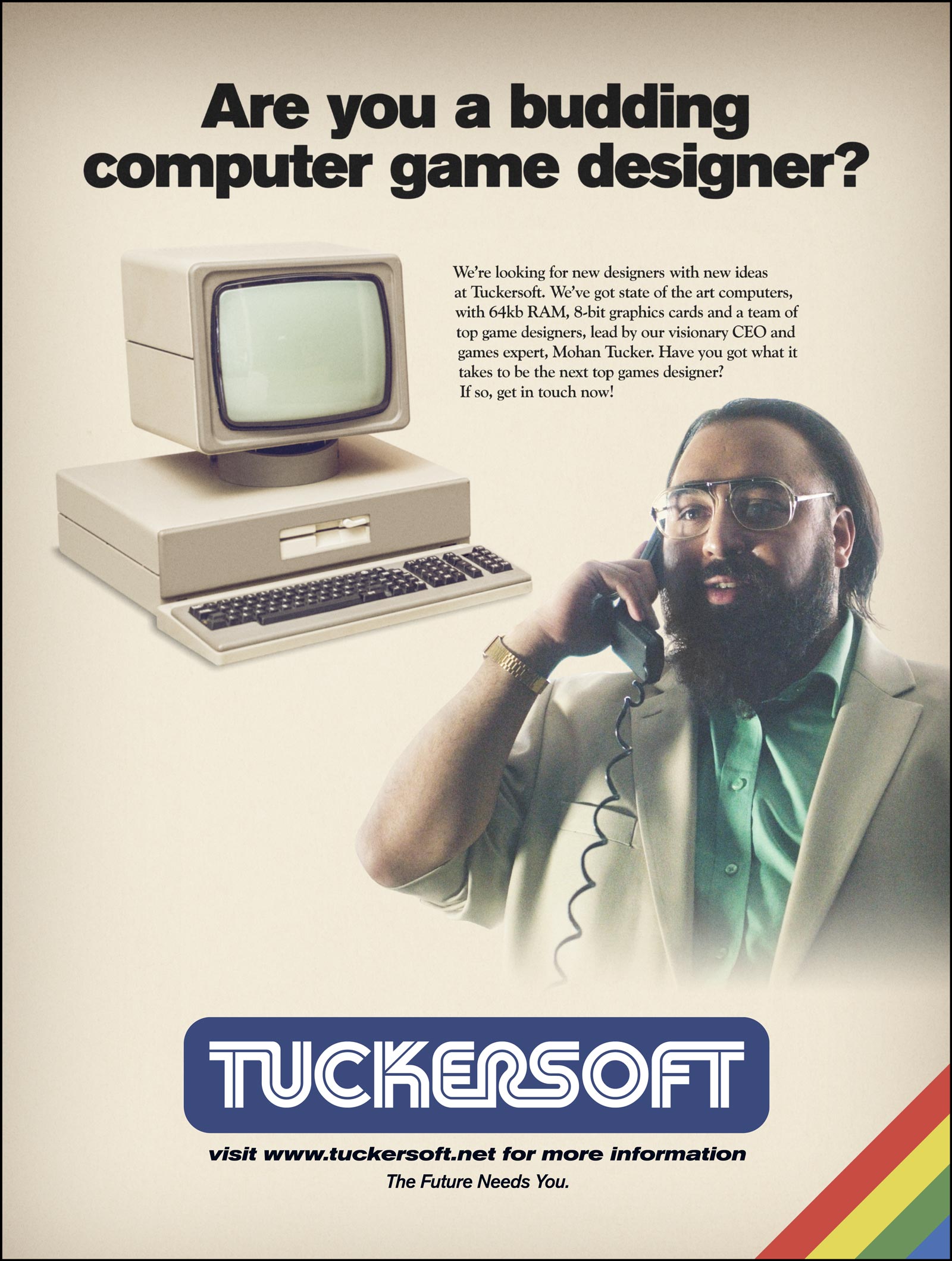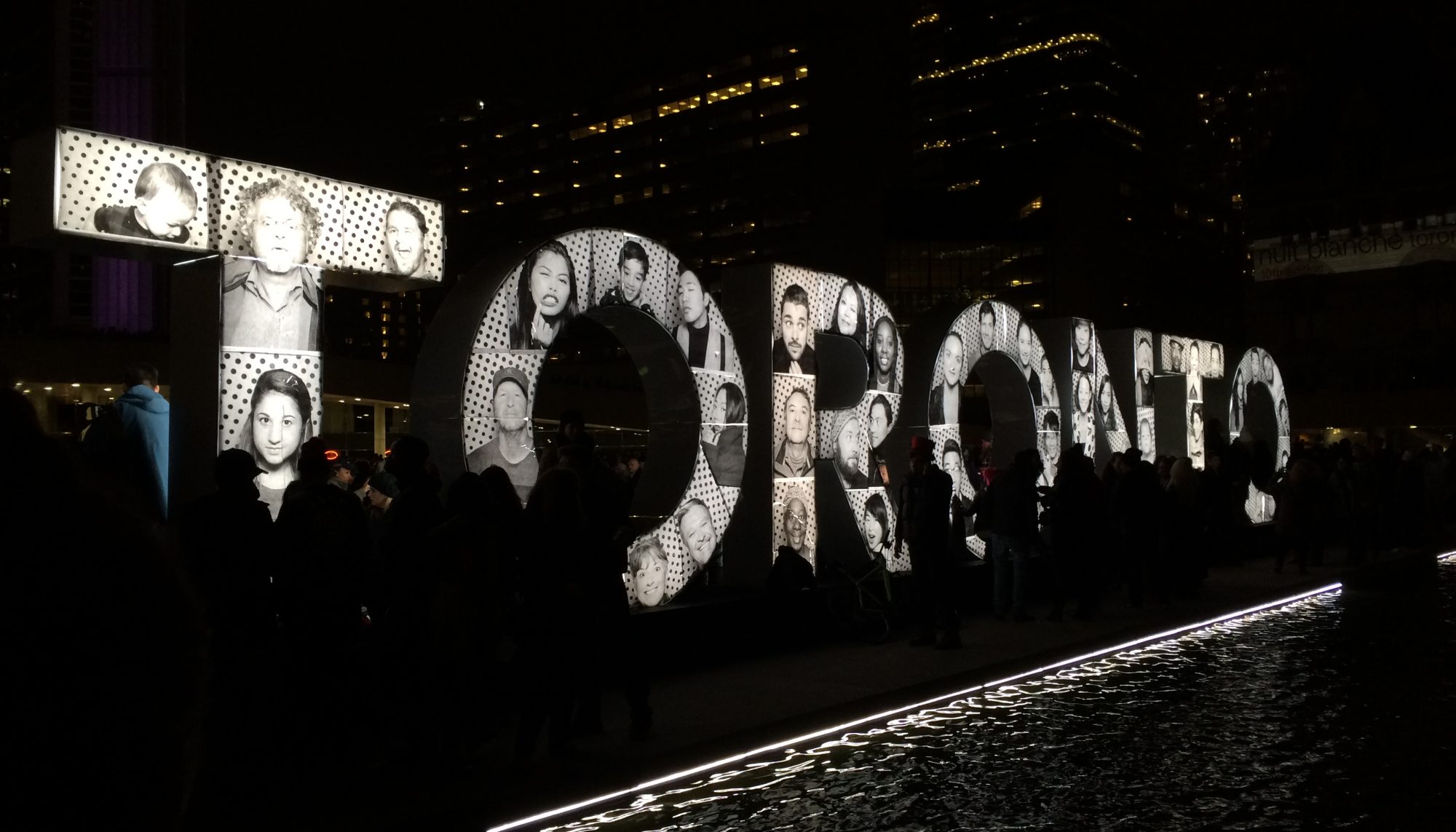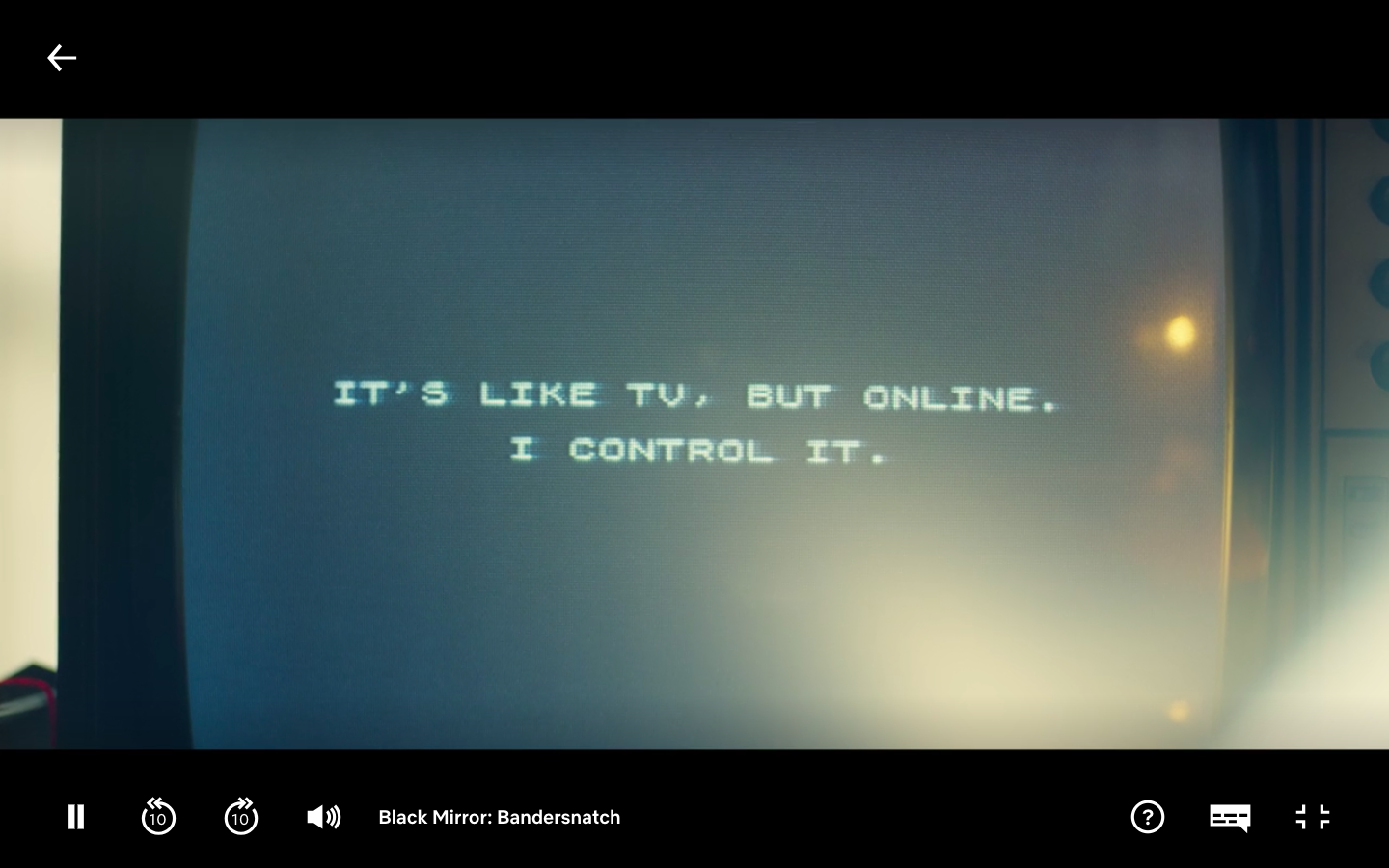Having spent about two hours playing through Netflix’ Bandersnatch, what I found really interesting was the hand-holding, what that said about the presumed audience, and how that telegraphed a set of mental model references to that ‘new’ audience for interactive on a Netflix platform.
So the many references from the first CYOA to early gaming (setting the story in THAT moment of gaming) to meta-discussions re. Player agency & choice within a bounded set of possible paths.
I ask my video game course students to write a design intention statement to go with their Twine games so they think through how they want to manipulate players to do X and what they want players to feel. Bandersnatch was almost always crystal clear to me on the design intention through choice options & the progression of the story.
Stanley Parable makes this game manipulation explicit – Bioshock reveals it at the turn – and here the choice options trained you from lesser to greater consequence, with the options often telegraphing higher dramatic payout vs. lesser (significant backstory etc). Those were the options I didn’t take as I wanted to see what was designed for the ‘less’ obviously dramatic path. That that content was still engaging was a plus. I was only surprised once were the ‘lesser’ choice had a major dramatic pay-off.
Years ago – mid-2000s – there was a Brit PSA on Youtube (1st interactive with choice glow spots I think??) made to address knife violence in schools. It failed miserably because you watch a teen heading out to school & passing the kitchen knife block, up pops ‘take the knife’ or ‘leave the knife’ so you know what the vast majority of viewers did because OF COURSE you want to see the more dramatic payoff.
Bandersnatch kept forcing me back to the one significant choice I had refused though, so that got repetitive. The overall design though, in context, definitely improved on that Brit PSA – which got a LOT of press.
McLuhan’s argument also seems relevant – that the content of any new medium will be that of an established medium until it develops its own aesthetic language.
“The instance of the electric light may prove illuminating in this connection. The electric light is pure information. It is a medium without a message, as it were, unless it is used to spell out some verbal ad or name. This fact, characteristic of all media, means that the “content” of any medium is always another medium. The content of writing is speech, just as the written word is the content of print, and print is the content of the telegraph.” Marshall McLuhan. “The Medium is the Message.”
So, no surprise here, initially evoking very clear familiar genres / plot arcs & characters to ease you in. Granted interactive cinema has been around for decades (Bandersnatch solved a bunch of tech challenges we had mid-2000s with Late Fragment), however, my guess is this will be novel to millions on Netflix who get the gamer references (don’t necessarily have to be gamers) and those who will find the progression from intro cues to meta-references engaging.
AND – last thought – Bandersnatch is an experiment generating a massive amount of organic viewer / player behaviour data. What you choose, how long you play, whether you return to it, etc etc. All that user data will feed decisions as to what to do next. It’s a calling card for Netflix & for interactive producers. Does Netflix have a Director of Interactive? Who do you pitch to? I’m guessing there’s an online scramble to figure that out right now.


